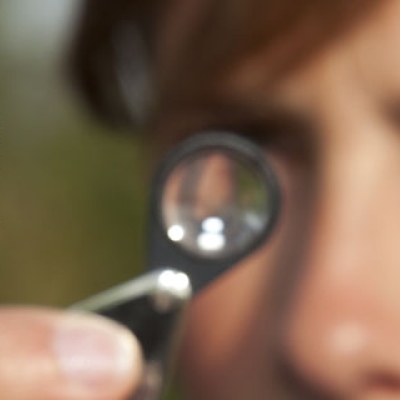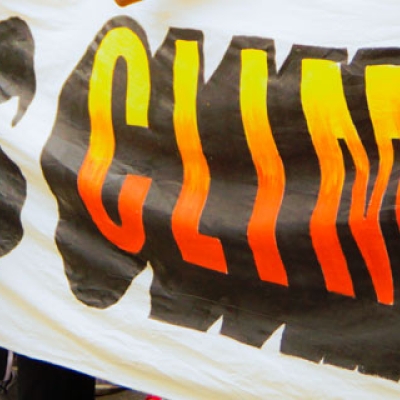
#ForewordFriday: From the Central Appalachians to the Catskill Mountains Edition
By Admin / On August 9th, 2013
This weekend, connect to the wild with John Davis of the Wildlands Network in part two of his E-ssential: Big, Wild, and Connected. Join John as he treks from the central Appalachians to the Catskill mountains on his quest to find out if it's possible to identify and protect a continental-long wildlife corridor that could help to protect eastern nature into the future.
Enjoy!

